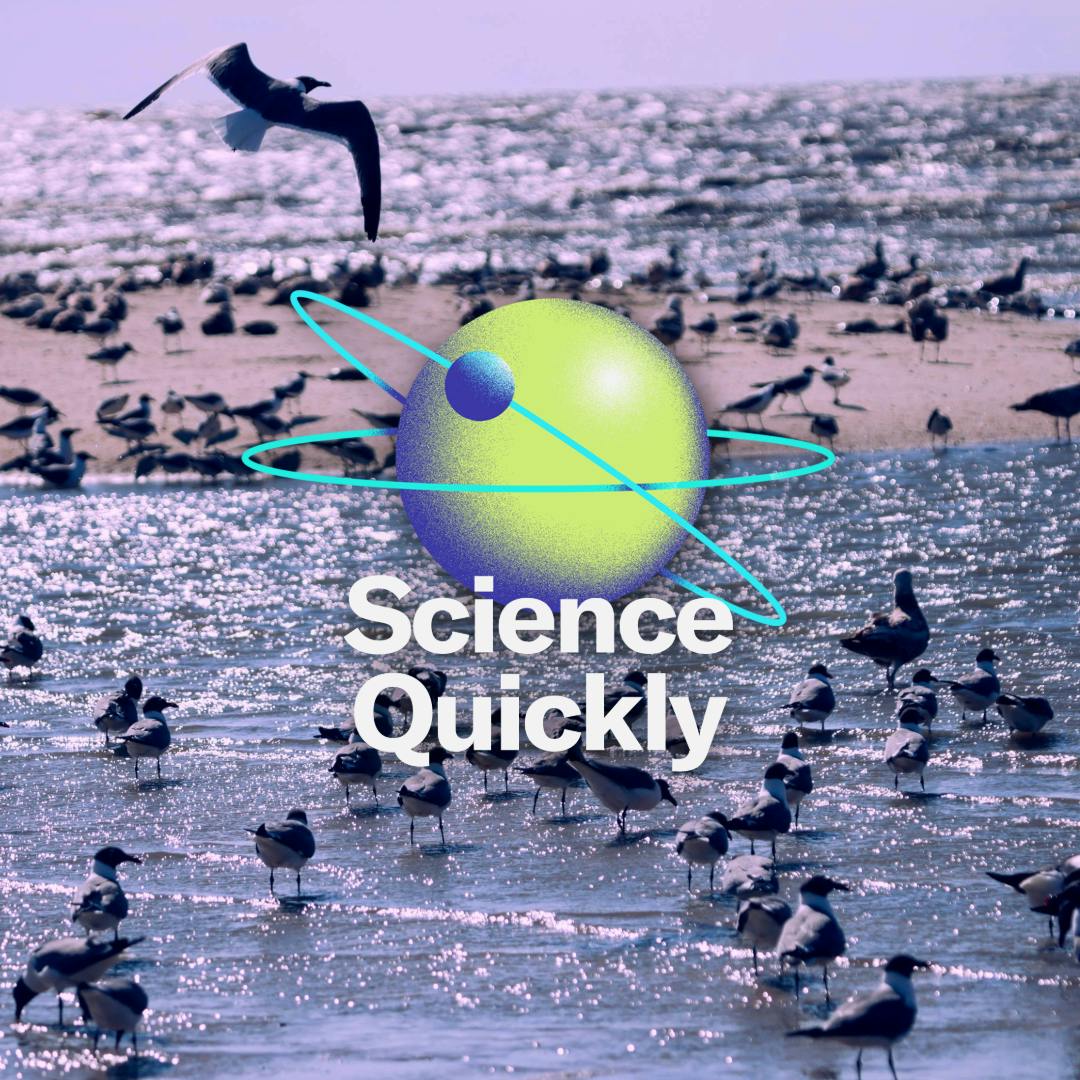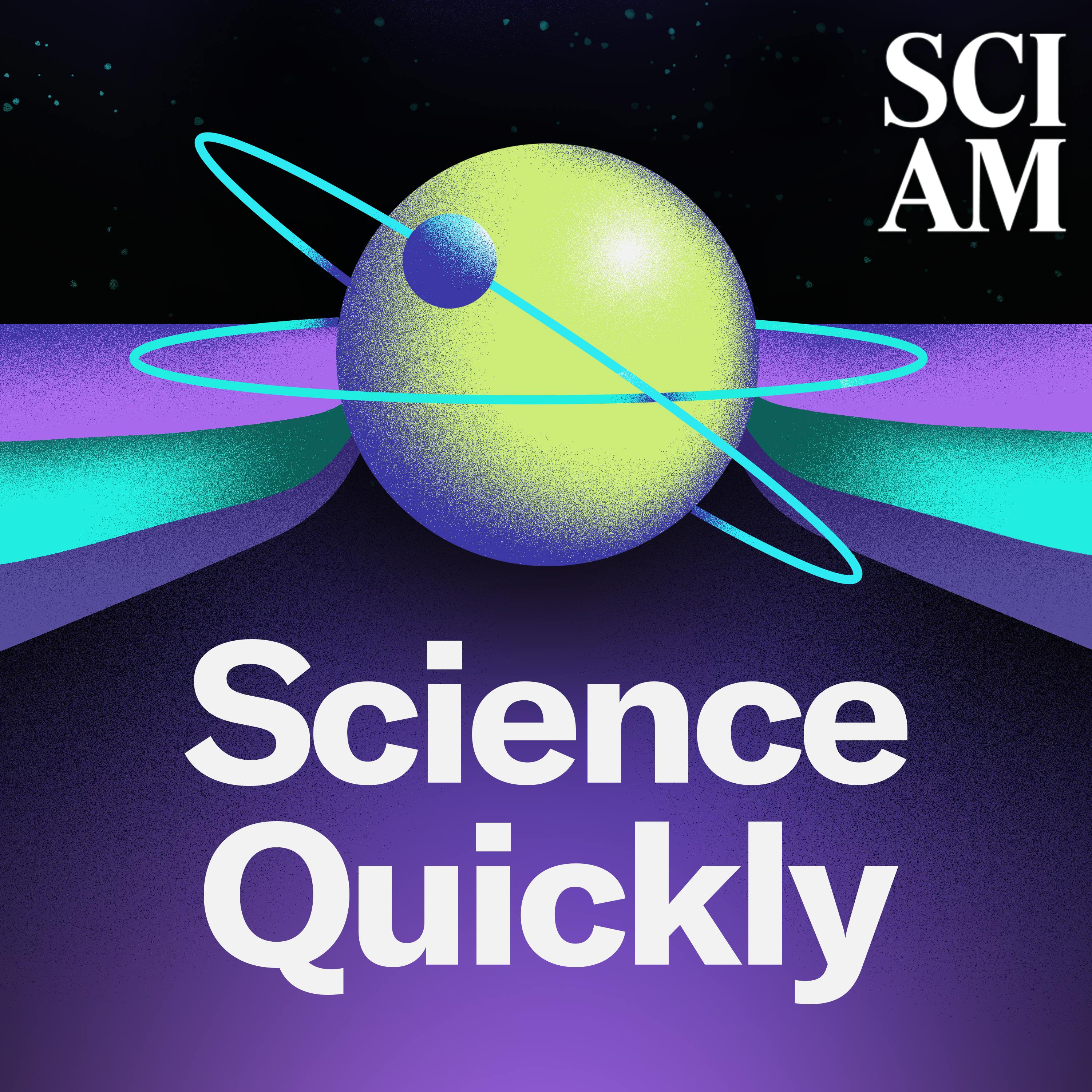
How Bird Flu Went from an Isolated Avian Illness to a Human Pandemic Threat (Part 1)

Science Quickly
Deep Dive
Shownotes Transcript
Bird flu outbreaks in poultry and cattle have caused concern for public health officials. There have been few reported cases of human transmission, but the growing risks of H5N1 avian influenza have virologists on alert.
Researchers at the St. Jude Center of Excellence for Influenza Research and Response take an annual visit to Delaware Bay to collect samples of bird poop for analysis. These samples give the researchers a look at emerging avian illnesses. While spillover of H5N1 into domestic birds has been known for a while, the first case of spillover into humans was only identified during a 1997 outbreak in Hong Kong. Since then H5N1 has gone global and moved from transmitting from bird to bird to spreading from bird to mammal and from mammal to mammal.
Associate health and medicine editor Lauren Young takes a sample collection walk on the beach and speaks with virus detectives about how H5N1 evolved in episode one of our three-part series about bird flu.
Join us on Wednesday to learn how bird flu jumped from poultry to cattle.
Recommended reading:
RFK, Jr., Wants to Let Bird Flu Spread on Poultry Farms. Why Experts Are Concerned https://www.scientificamerican.com/article/rfk-jr-wants-to-let-bird-flu-spread-on-poultry-farms-why-experts-are/)
Bird Flu Detected in Humans in the U.S.: What We Know So Far https://www.scientificamerican.com/article/bird-flu-detected-in-a-person-in-texas-what-we-know-so-far/)
E-mail us at [email protected]) if you have any questions, comments or ideas for stories we should cover!
Discover something new every day: subscribe) to Scientific American and sign up) for Today in Science, our daily newsletter.
Science Quickly is produced by Rachel Feltman, Fonda Mwangi, Kelso Harper, Naeem Amarsy and Jeff DelViscio. This episode was hosted by Rachel Feltman with guest Lauren Young. This series was reported and produced by Lauren Young, Meghan Bartels, Naeem Amarsy, Fonda Mwangi and Jeff DelViscio. And special thanks to Kimberly Lau and Dean Visser at Scientific American for making it possible and to Michael Sheffield at St. Jude for assistance in the field. Our show is edited by Alex Sugiura with fact-checking by Shayna Posses and Aaron Shattuck. The theme music was composed by Dominic Smith.
Learn more about your ad choices. Visit megaphone.fm/adchoices)